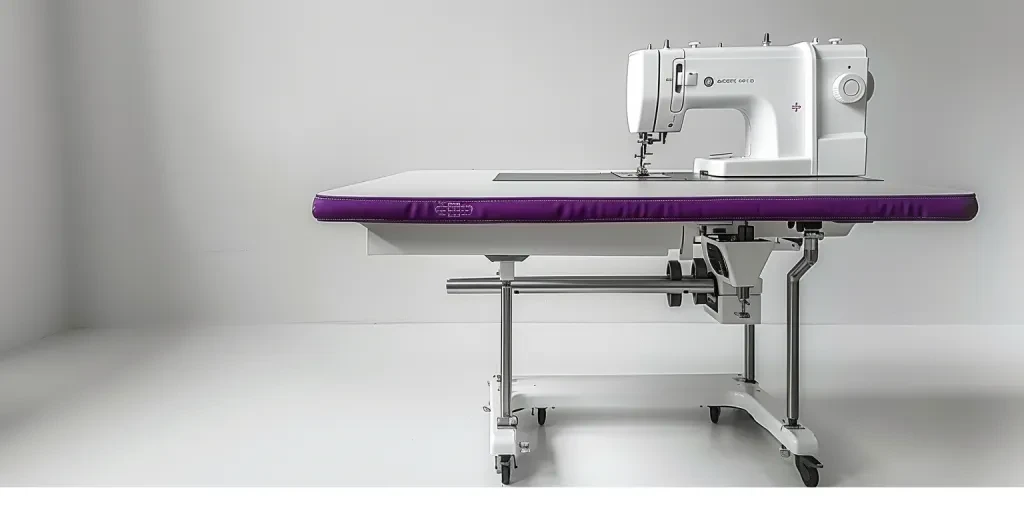In 2025, the overlocker machine market is booming, projected to reach USD 1.2 billion. This article delves into the latest trends, performance benchmarks, and technological advancements, providing invaluable insights for professional buyers looking to make informed decisions. Stay ahead in the competitive market with our comprehensive guide.
Table of Contents:
-Market Overview of Overlocker Machines
-Detailed Analysis of the Overlocker Machine Market
-Key Factors When Selecting an Overlocker Machine
-Latest Technology Features in Overlocker Machines
-Ease of Use and Initial Setup Complexity
-Conclusion
Market Overview of Overlocker Machines
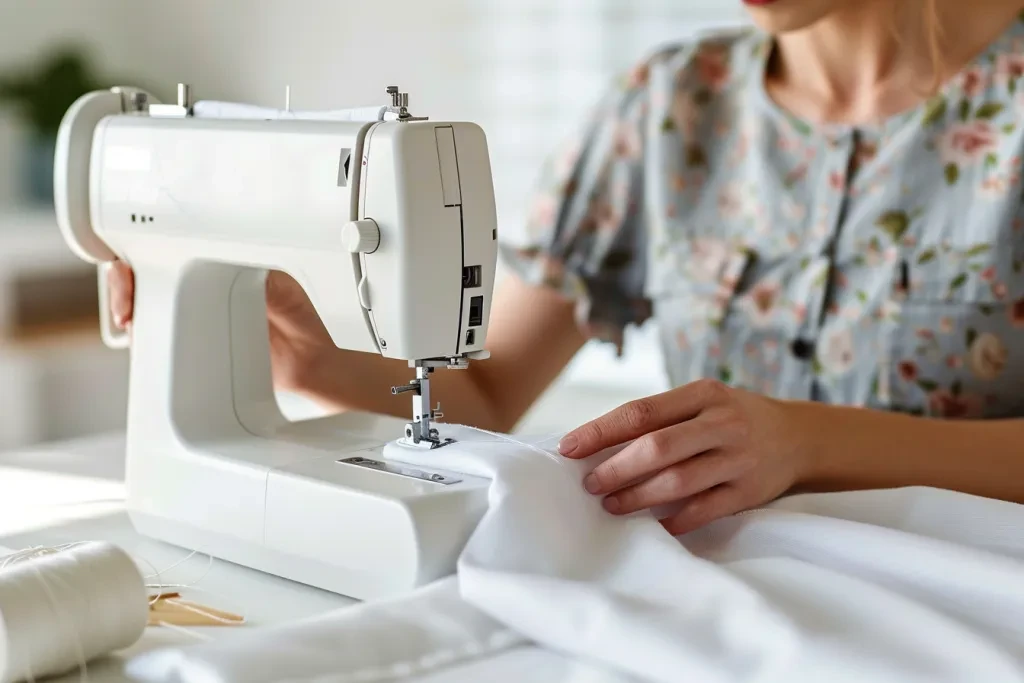
The global market for overlocker machines is experiencing significant growth. By 2025, the market size is projected to reach USD 1.2 billion, expanding at a compound annual growth rate (CAGR) of 6.5% from 2023 to 2030. This growth is driven by the increasing demand for high-quality, durable, and efficient sewing equipment across industries like fashion, textiles, and automotive. The Asia-Pacific region, especially China and India, dominates the market, accounting for over 45% of global production and consumption. This region’s strong manufacturing capabilities and growing consumer base are key to the market’s expansion.
In North America and Europe, the market is also growing but at a slower pace compared to the Asia-Pacific region. Demand in these areas is mainly driven by the fashion industry, where precision and speed are critical. The United States and Germany are key players, focusing on advanced, computerized overlocker machines that offer enhanced functionality and ease of use. The Middle East and Africa, currently representing a smaller market share, are expected to see substantial growth due to the increasing establishment of textile manufacturing units and the rising popularity of DIY fashion trends.
The market’s competitive landscape includes both global and regional players. Companies like JUKI Corporation, Brother Industries, and Bernina International AG lead the market with innovative products and strong distribution networks. These companies continuously invest in research and development to introduce advanced features and improve the efficiency and user-friendliness of overlocker machines.
Detailed Analysis of the Overlocker Machine Market
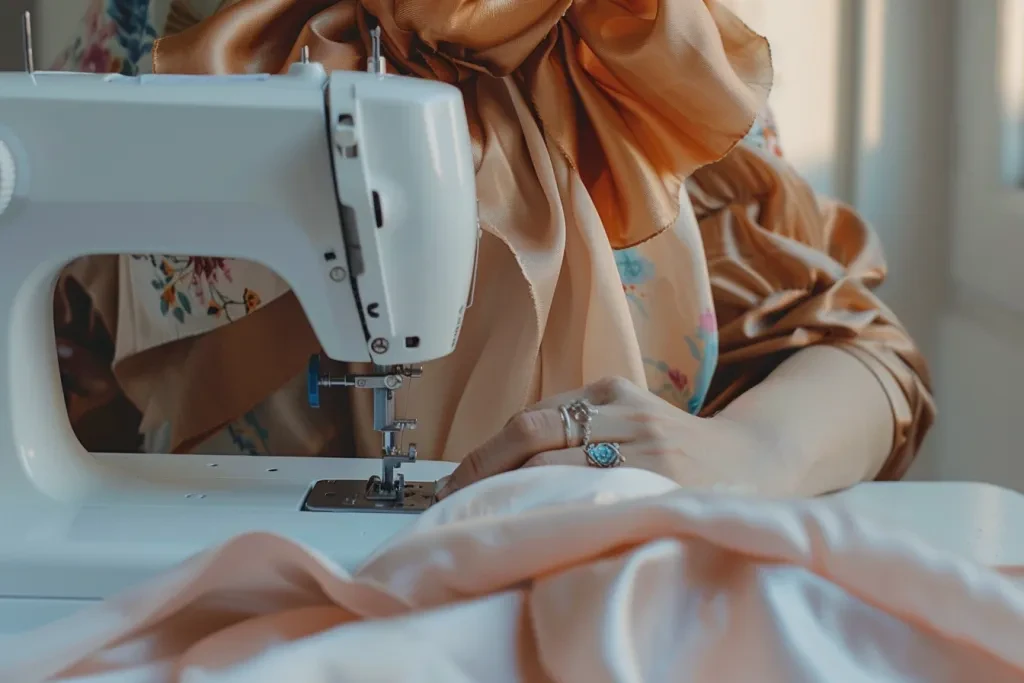
Overlocker machines, also known as sergers, are essential in the sewing and textile industry for providing professional-grade finishes. They cut, sew, and finish edges simultaneously, significantly enhancing productivity and product quality. Key performance benchmarks for overlocker machines include stitch speed, stitch width, thread capacity, and ease of threading. High-speed machines, capable of stitching up to 1,500 stitches per minute, are particularly sought after in industrial applications.
Market share dynamics reveal that JUKI Corporation holds a dominant position with approximately 20% market share, followed by Brother Industries and Bernina International AG, each holding around 15%. Rising labor costs in developed countries are pushing manufacturers to adopt more automated and efficient overlocker machines. Consumer preferences are also shifting towards machines that offer ease of use and versatility, catering to both professionals and hobbyists.
Distribution channels for overlocker machines are diverse, with a significant share of sales occurring through online platforms. The convenience and wider reach of e-commerce contribute to over 30% of total sales. Offline channels, including specialty stores and authorized dealers, remain crucial, especially for high-end and industrial-grade machines where demonstrations and after-sales services are important.
Recent innovations in overlocker machines include digital interfaces and automated threading systems. These advancements reduce setup time and minimize user errors, enhancing overall efficiency. The product lifecycle of overlocker machines typically spans 5-7 years, with regular maintenance required for optimal performance. Digitalization is transforming the market, with smart overlocker machines that can connect to mobile apps for remote monitoring and updates.
Customer pain points often revolve around the complexity of machine setup and maintenance. Leading brands address these issues by focusing on user-friendly designs and comprehensive support services. Brand positioning emphasizes durability, precision, and innovation, with differentiation strategies highlighting unique features like automatic tension adjustment and customizable stitch patterns.
Niche markets within the industry include specialized machines for quilting and embroidery. These machines offer additional functionalities and are designed to handle thicker fabrics and intricate designs, appealing to both professional quilters and embroidery enthusiasts.
Key Factors When Selecting an Overlocker Machine
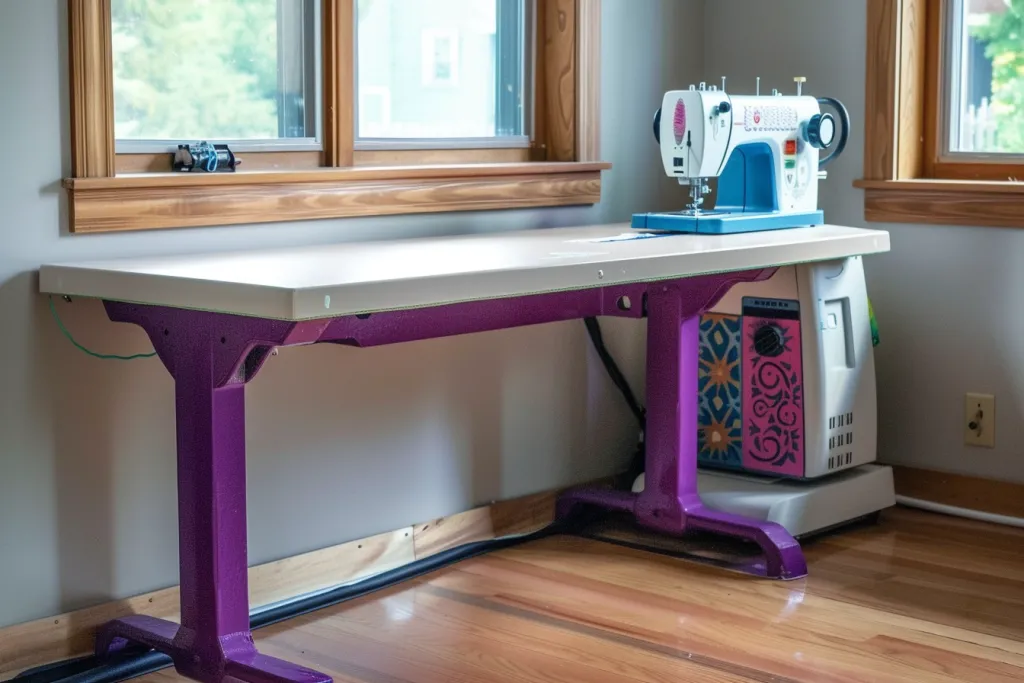
Types of Overlocker Machines
Overlocker machines, also known as sergers, come in various types tailored to different sewing needs. The most common types are the 3-thread, 4-thread, and 5-thread overlockers. The 3-thread overlocker is typically used for finishing seams and providing a narrow, lightweight edge. It’s ideal for knit fabrics and lightweight materials. The 4-thread overlocker offers a stronger seam, making it suitable for woven fabrics and providing durability for garments that undergo frequent wear and tear. The 5-thread overlocker often includes a safety stitch, combining a 3-thread overlock with a 2-thread chain stitch, making it perfect for heavy-duty fabrics and industrial sewing applications.
Performance and Functionality
The performance of an overlocker machine is often measured by its stitch per minute (SPM) rate. High-end models can reach up to 1500 SPM, ensuring quick and efficient sewing for large projects. The stitch width and length adjustments are critical for achieving the desired seam finish and strength. Overlockers with differential feed functionality can handle various fabric types, from stretchy knits to slippery silks, by preventing fabric puckering and ensuring smooth, even seams. Automatic tension control enhances performance, allowing the machine to adjust thread tension based on the fabric type automatically. This feature is particularly useful for beginners who may struggle with manual tension adjustments.
Design and Aesthetics
Modern overlocker machines boast sleek designs with user-friendly interfaces. LED lighting is a common feature, providing bright and shadow-free illumination of the sewing area, which is essential for precision work. Compact and lightweight designs are preferred for home sewers who need to move their machines frequently. The color-coded threading system simplifies the complex task of threading multiple threads, making the machine more accessible to users of all skill levels. Some models also come with a built-in thread cutter and waste collector, maintaining a clean and organized workspace.
Technical Specifications
When considering an overlocker machine, technical specifications such as motor power, stitch options, and compatibility with various thread types are crucial. Motor power, typically measured in watts, determines the machine’s ability to handle thick and multiple layers of fabric. A higher wattage motor offers better performance and longevity. Stitch options vary from basic overlock stitches to more advanced rolled hems and flatlock stitches. Machines with a wide range of stitch options provide versatility for different sewing projects. Compatibility with various thread types, including polyester, cotton, and specialty threads, allows for creative freedom and ensures the machine can handle different sewing tasks.
Price Range and Budget
Overlocker machines range in price from entry-level models costing around $200 to advanced industrial machines priced over $1000. Entry-level models are suitable for hobbyists and beginners, offering basic features and stitch options. Mid-range models, priced between $300 and $600, provide additional features such as differential feed, automatic tension control, and a variety of stitch options. High-end models, often exceeding $800, are designed for professional use, featuring robust construction, high-speed performance, and extensive stitch capabilities. When selecting an overlocker, it is essential to balance the budget with the required features, ensuring the chosen machine meets both the sewing needs and financial constraints.
Latest Technology Features in Overlocker Machines
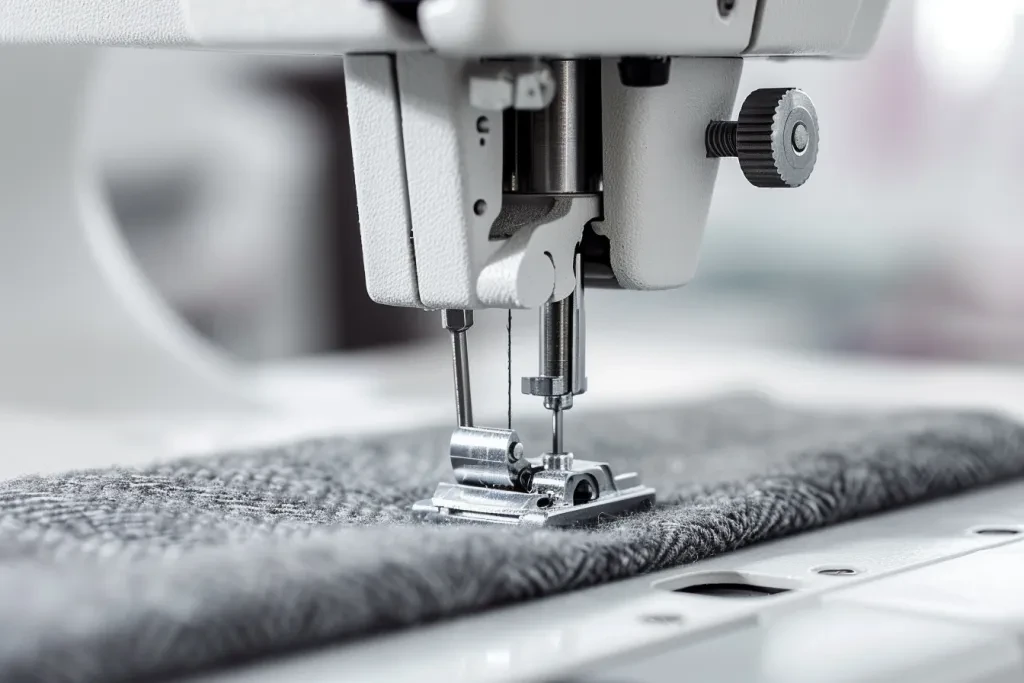
Automation and Smart Features
The latest overlocker machines are equipped with advanced automation features, enhancing efficiency and ease of use. Automatic thread tension adjustment is a significant technological advancement, allowing the machine to detect fabric type and adjust tension settings accordingly. This feature eliminates the guesswork involved in manual adjustments, ensuring perfect stitches every time. Some models also include integrated sensors that detect fabric thickness and adjust the presser foot pressure automatically. This technology ensures consistent stitch quality across different fabric types and thicknesses. Additionally, smart threading systems simplify the threading process, with some machines even offering one-touch air threading, making it easier and faster to set up the machine.
Connectivity and Software Integration
Modern overlocker machines are increasingly incorporating connectivity features, such as USB ports and Wi-Fi capabilities, allowing users to download stitch patterns and updates directly to the machine. This connectivity enables users to access a broader range of stitches and designs, keeping their machine up-to-date with the latest sewing trends. Some high-end models offer software integration, allowing users to design custom stitch patterns on a computer and transfer them to the machine. This feature provides greater creative freedom and customization, enabling users to create unique and personalized sewing projects.
Energy Efficiency
Energy efficiency is a growing concern in the machinery industry, and overlocker machines are no exception. Many modern overlockers are designed with energy-saving features, such as automatic shut-off functions that power down the machine after a period of inactivity. These features help reduce energy consumption and lower operating costs, making the machines more environmentally friendly. Energy-efficient motors are also becoming standard in high-end models, providing powerful performance while consuming less electricity. These advancements not only benefit the environment but also contribute to the machine’s overall durability and longevity.
Ease of Use and Initial Setup Complexity
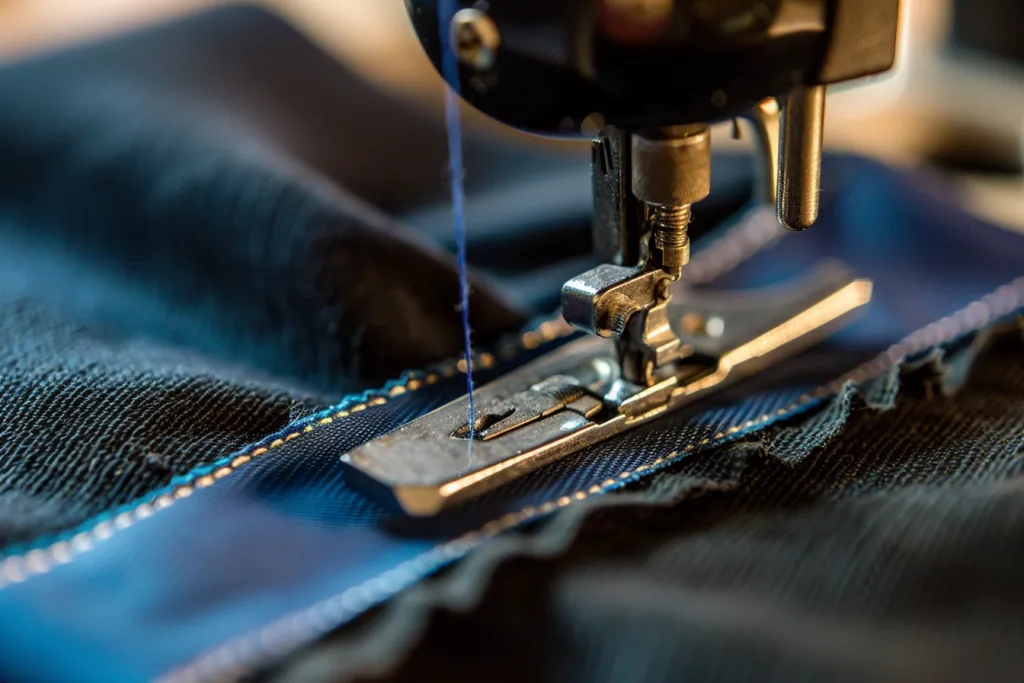
User-Friendly Interfaces
Ease of use is a critical factor in selecting an overlocker machine, especially for beginners. User-friendly interfaces with intuitive controls and clear labeling simplify the learning curve and make the machine more accessible. Touchscreen displays are becoming more common, providing a modern and interactive way to navigate settings and select stitches. Machines with built-in tutorials and guided setup instructions further enhance usability. These features provide step-by-step guidance on threading, stitch selection, and maintenance, helping users get the most out of their machine.
Initial Setup and Maintenance
The initial setup of an overlocker machine can be daunting, particularly for those new to serging. Machines with color-coded threading paths and easy-to-follow threading diagrams reduce setup complexity. Some models also include instructional DVDs or online video tutorials, providing visual aids to assist with the setup process. Maintenance is another consideration for ease of use. Machines with easy-access components and tool-free maintenance features simplify routine cleaning and upkeep. Regular maintenance is essential for ensuring the machine’s longevity and optimal performance, so features that facilitate this process are highly beneficial.
Compatibility with Accessories and Add-ons
Compatibility with a wide range of accessories and add-ons enhances the versatility of an overlocker machine. Common accessories include additional presser feet, specialty needles, and extension tables. Machines that are compatible with these accessories allow users to expand their sewing capabilities and tackle a broader range of projects. High-end models often come with a variety of included accessories, providing added value and functionality. When selecting an overlocker, it is essential to consider the availability and compatibility of accessories, ensuring the machine can be tailored to specific sewing needs.
Conclusion
Selecting the right overlocker machine involves considering various factors, including machine type, performance, design, technical specifications, and budget. With advancements in automation, connectivity, and energy efficiency, modern overlocker machines offer enhanced functionality and ease of use. By evaluating these factors and understanding the latest technological features, users can make informed decisions to find the best overlocker machine for their sewing needs.
